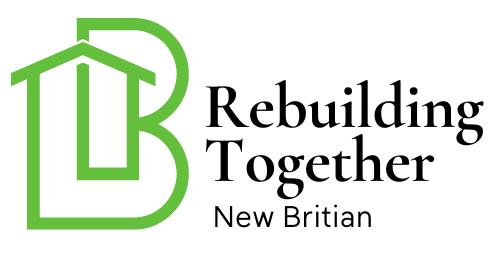Creating a safe and secure bathroom is crucial for every household. The bathroom layout for safety not only ensures the well-being of all family members but also enhances the functionality and accessibility of the space. In this article, we will explore various aspects of designing a bathroom that prioritizes safety, offering valuable insights for homeowners who want to create a secure environment for their loved ones.

Importance of a Safe Bathroom Layout
A well-planned bathroom layout is essential to prevent accidents and injuries. Slips, trips, and falls are common in bathrooms due to wet and slippery surfaces. Therefore, designing a safe bathroom layout can significantly reduce the risk of such incidents. Moreover, a safe bathroom is especially important for households with children, seniors, or individuals with mobility impairments.
Key Elements of a Safe Bathroom Design
1. Non-Slip Flooring
Choosing the right flooring is critical for preventing slips and falls. Opt for non-slip materials such as textured tiles or vinyl flooring that provide better traction, even when wet.
2. Grab Bars and Handrails
Install grab bars and handrails near the toilet, shower, and bathtub to assist individuals with stability and support. These features are essential for seniors and those with limited mobility. For more information on remodeling for accessibility, refer to this guide.
3. Adequate Lighting
Ensure the bathroom is well-lit to avoid accidents caused by poor visibility. Consider installing LED safety lights that provide bright and energy-efficient illumination.
4. Accessible Storage
Place storage units within easy reach to minimize the need for stretching or climbing. This is particularly important for seniors and children who may have difficulty accessing high shelves.
5. Proper Ventilation
Good ventilation helps prevent mold and mildew, which can make bathroom surfaces slippery and hazardous. Install an exhaust fan or ensure there is a window for natural ventilation.
Designing for Specific Needs
6. Child-Friendly Features
For families with young children, consider child-friendly features such as lower sinks and toilets, as well as safety locks on cabinets to prevent access to harmful substances.
7. Senior Safety Considerations
Seniors face unique challenges in the bathroom. Consider installing a walk-in bathtub or a shower with a seat to facilitate ease of use. For additional tips on improving bathroom safety for seniors, visit this resource.
8. Accommodations for Mobility Impairments
Individuals with mobility impairments require thoughtful design considerations. Ensure there is enough space for a wheelchair to maneuver and install fixtures at accessible heights. Learn more from design for mobility impaired.
Additional Safety Tips
9. Regular Maintenance
Regularly inspect and maintain bathroom fixtures to ensure they are in good working condition. Repair any leaks promptly to prevent water-related hazards.
10. Use of Bathroom Mats
Place non-slip mats in areas prone to water accumulation, such as in front of the shower and sink. This simple addition can greatly enhance safety. For more details, check out waterproof mats safety.
11. Temperature Control
Set the water heater to a safe temperature to prevent scalding. Installing anti-scald devices on faucets and showerheads can provide an extra layer of protection.
Conclusion
Designing a bathroom layout for safety is a proactive step towards creating a secure and functional home environment. By considering the needs of all family members and incorporating essential safety features, homeowners can significantly reduce the risk of accidents and enhance the overall quality of life. Remember, a safe bathroom not only protects your loved ones but also adds value to your home.

Frequently Asked Questions
What is the most important feature for a safe bathroom?
Non-slip flooring is one of the most important features to prevent slips and falls.
How can I improve bathroom safety for seniors?
Install grab bars, use a shower seat, and ensure adequate lighting to enhance safety for seniors.
What should I consider for a child-friendly bathroom?
Consider lower sinks, safety locks on cabinets, and non-slip mats to create a child-friendly bathroom environment.
This article contains affiliate links. We may earn a commission at no extra cost to you.

